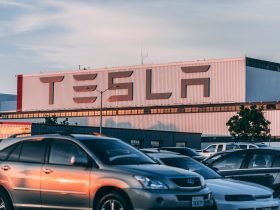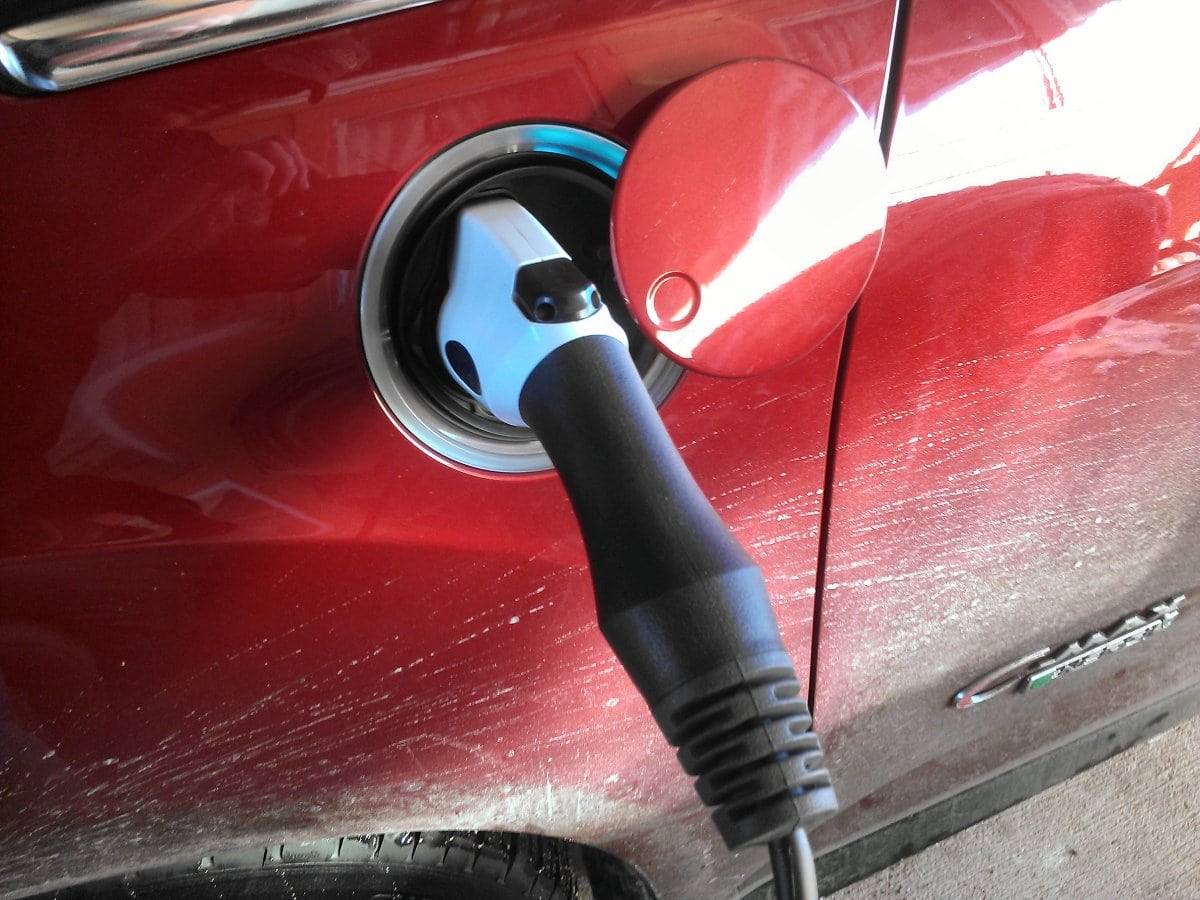A new study from the National Renewable Energy Laboratory (NREL) estimates that the United States will need about 28 million charging stations by 2030. This is to accommodate an expected 30-42 million light-duty electric vehicles.
The study assumes that governmental policies pushing electric vehicles will accelerate demand for them to 30 million or more units by 2030. That estimate assumes about half of all new vehicle sales are battery electrics and another significant chunk are plug-ins. That assumption would mean a need for charging ports throughout the country. NREL says at least 28 million of them and pinpoints where they will be needed the most.
Labeled the 2030 National Charging Network: Estimating U.S. Light-Duty Demand for Electric Vehicle Charging Infrastructure (see it here), the report assesses the needs for a charging network to match U.S. charging infrastructure needs in the near future. This quantitative report also includes notes on needs for reliable public fast charging and accounts for the norm of home charging by EV owners at their own residences.
Given this, the researchers at NREL project that the infrastructure will need:
- 182,000 public accessible fast-charging ports for long-distance travel and ride-hailing (semi-commercial) needs. And to support those without access to residential charging.
- 1 million Level 2 ports at publicly-accessible locations such as high-density neighborhoods, office buildings, parking structures, and retail outlets.
- 8 million Level 1 and 2 charging ports at private locations such as multi-family properties, and workplaces or private parking structures.
The rest of the 28 million would be in private or single-family use locations such as home garages where they are not accessible to the general public.
The NREL study was conducted in collaboration with the Joint Office of Energy and Transportation (JOET) and the U.S. Department of Energy’s Vehicle Technology Office. It will help guide the JOET in zero-emission fueling infrastructure projects.
This article originally published on EVmeme.com.







